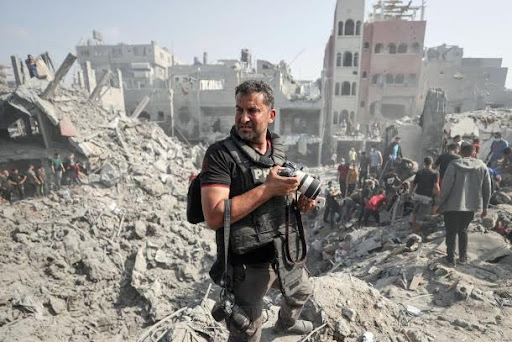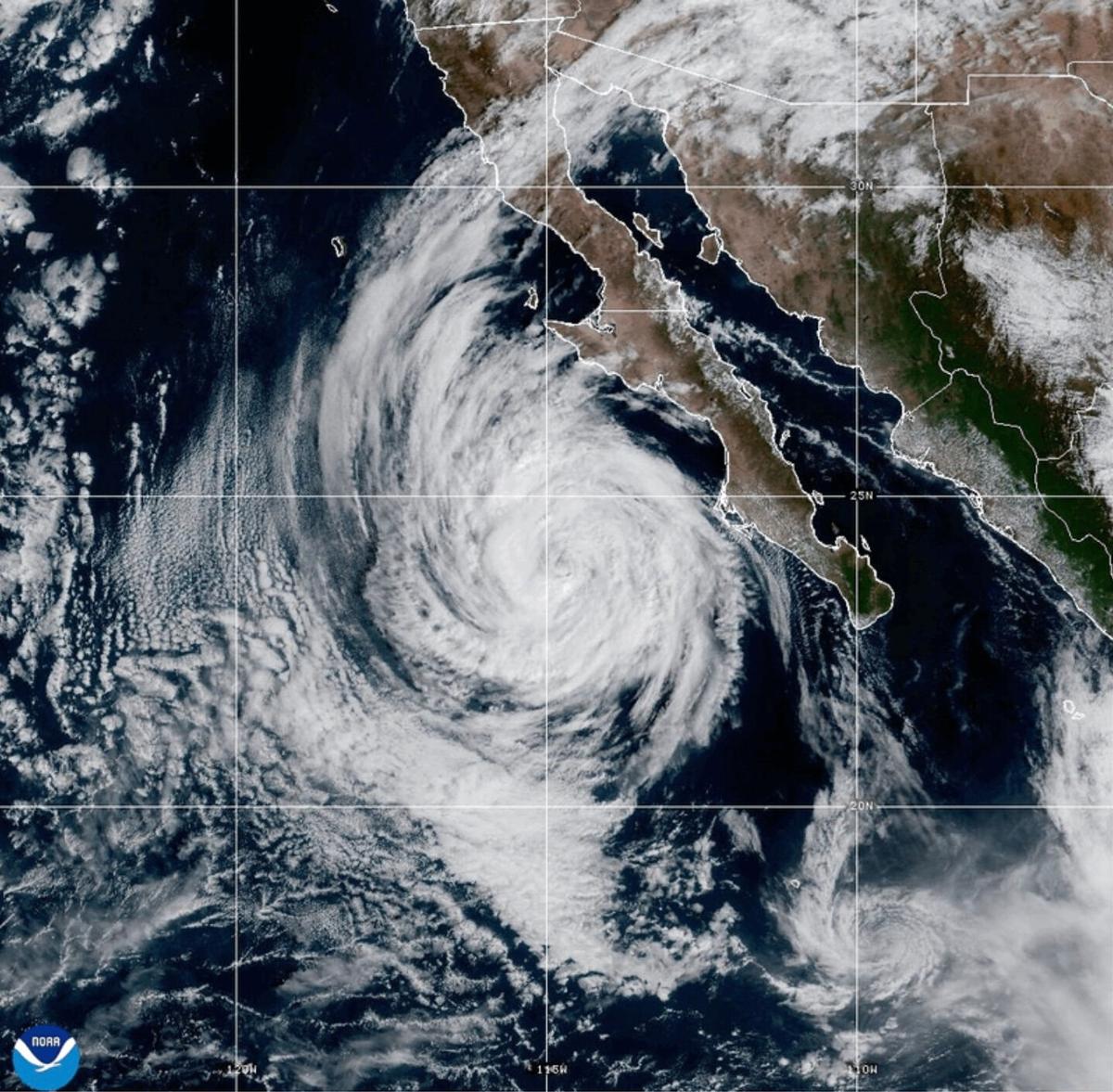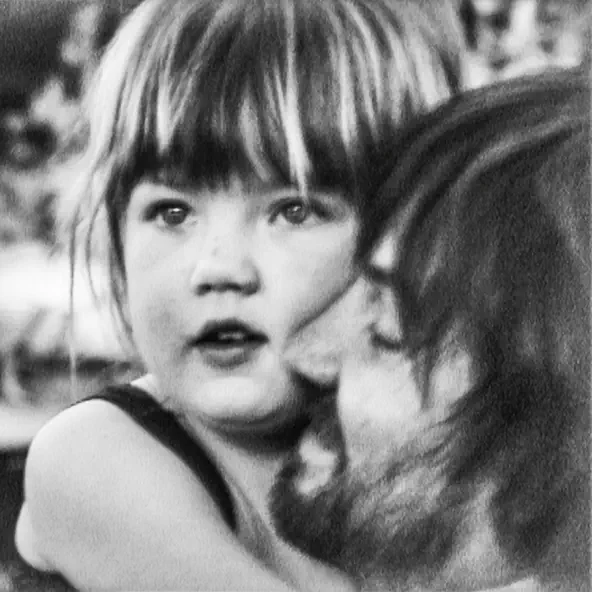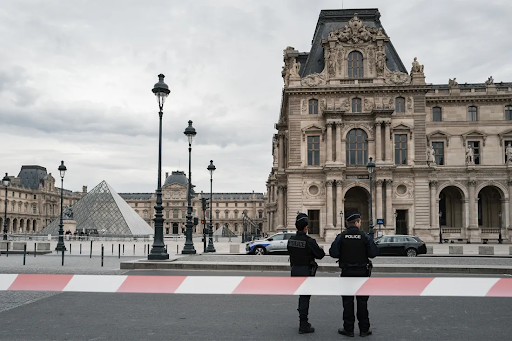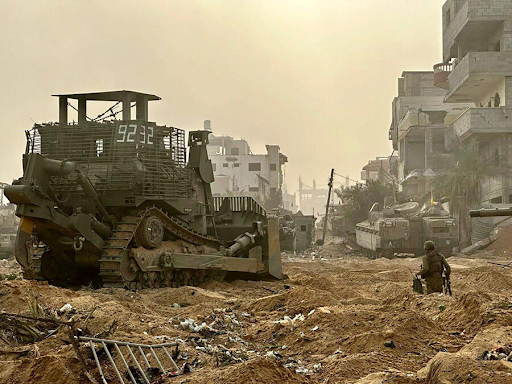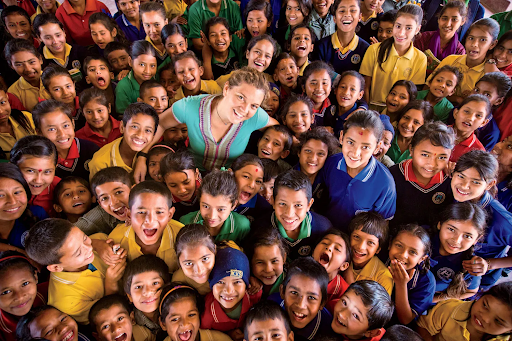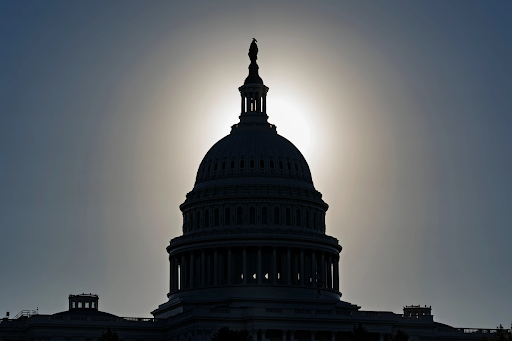Accurate sources regarding the conflict in Palestine and Israel have been increasingly difficult to access with the lack of journalists located in the Gaza strip. With journalists risking their lives in active conflict, often with little access to essential resources like many other refugees in Gaza, the ability to find reliable information and statistics about the conflict’s recent events are troublesome.
Although both the Palestinian and Israeli Ministries of Health release statistics and reports about the death toll of residents of the strip, many find them to be unreliable sources. The Palestinian Ministry of Health is controlled by the militant group, Hamas, leading many Western leaders to denounce the reliability of their statistics, alluding to the potential of faking data and inaccuracies. On the other hand, Michael Ryan, an executive director of the World Health Organization, was interviewed by Voice of America, and he believes that the information is accurate, if not for minimal inaccuracies. According to Vox, data released by the Israeli Ministry of Health and Prime Minister Benjamin Netanyahu, contradicts much of the Palestinian calculated numbers, creating suspicion about the reliability of both branches’ information and whether bias changes the reporting.
With each countries’ official medical branches reporting being unreliable, that leaves journalists to do their own individual reporting. However, the multitude of dangers they face results in a tragic fate for many. The Committee to Protect Journalists (CPJ) states that there have been 137 deaths of journalists in Gaza since Oct. 7, 2023, when Hamas led an attack against Israel. The majority of these journalists were Palestinian, leading their families to face additional threats. Most injuries and deaths of journalists in Gaza are caused by Israeli airstrikes or attacks from the Israel Defense Force (IDF). The CPJ has documented at least 71 journalists arrested and about 40 missing, which causes extreme worry for their families. It becomes more deadly by the day for journalists to continue their work in Gaza.
Many organizations have claimed that some of the journalists were specifically targeted by the IDF, which is considered to be a war crime. Al Jazeera, CPJ, Article 19, and several other international press organizations report concerns of a pattern in attacks perpetrated by Israel. On several occasions, Israel has claimed that journalists killed by their forces were part of Hamas, without credible evidence, according to Time. These calls for further investigation into the journalists’ deaths have only been growing since Oct. 7, implying serious consequences for Israel if proven to be true. According to the International Committee of Red Cross, international humanitarian law grants journalists worldwide civilian status. Under these protocols, journalists cannot be considered to have military objectives. This would completely invalidate the IDF’s claims of military association and prove several violations of international law.
Experts from the United Nations (UN) have condemned Israel’s actions towards journalists and brought up concerns about censorship of news in Gaza, listed in several different articles on the United Nations website. The International Criminal Court has called for the arrest of several Hamas and Israeli leaders, charging them for a list of war crimes. One of the charges against Netanyahu and Israel’s Minister for Defense Yoav Gallant, is deliberate attacks against a civilian population, which journalists fall under in international law. The condemnation of alleged cruel acts is increasing, with more and more organizations and people speaking up for the journalists in Gaza. These people choose to face the high likelihood of death and injury so the truth may be reported, but with the growing attacks on these journalists, the truth dies alongside them.


